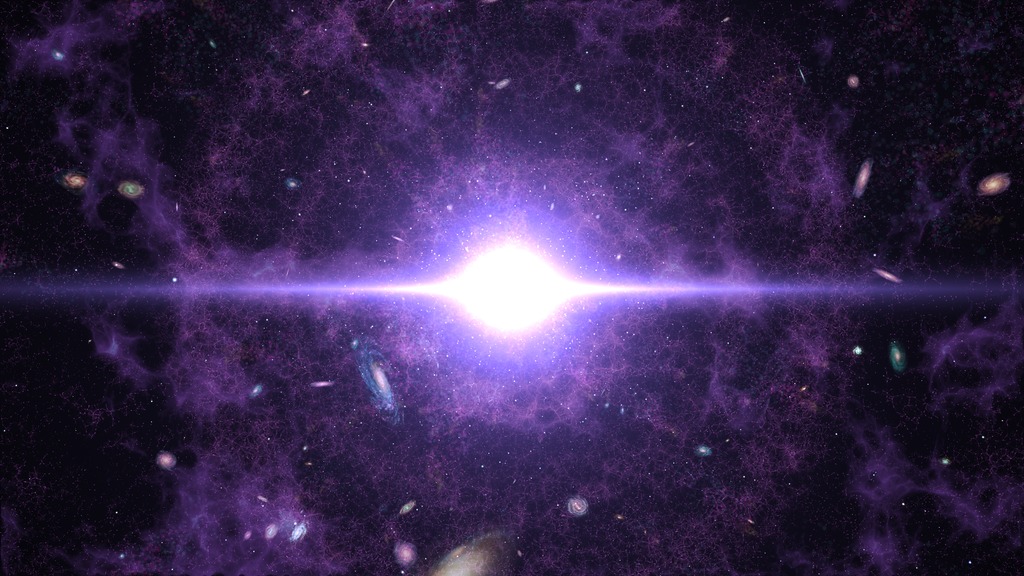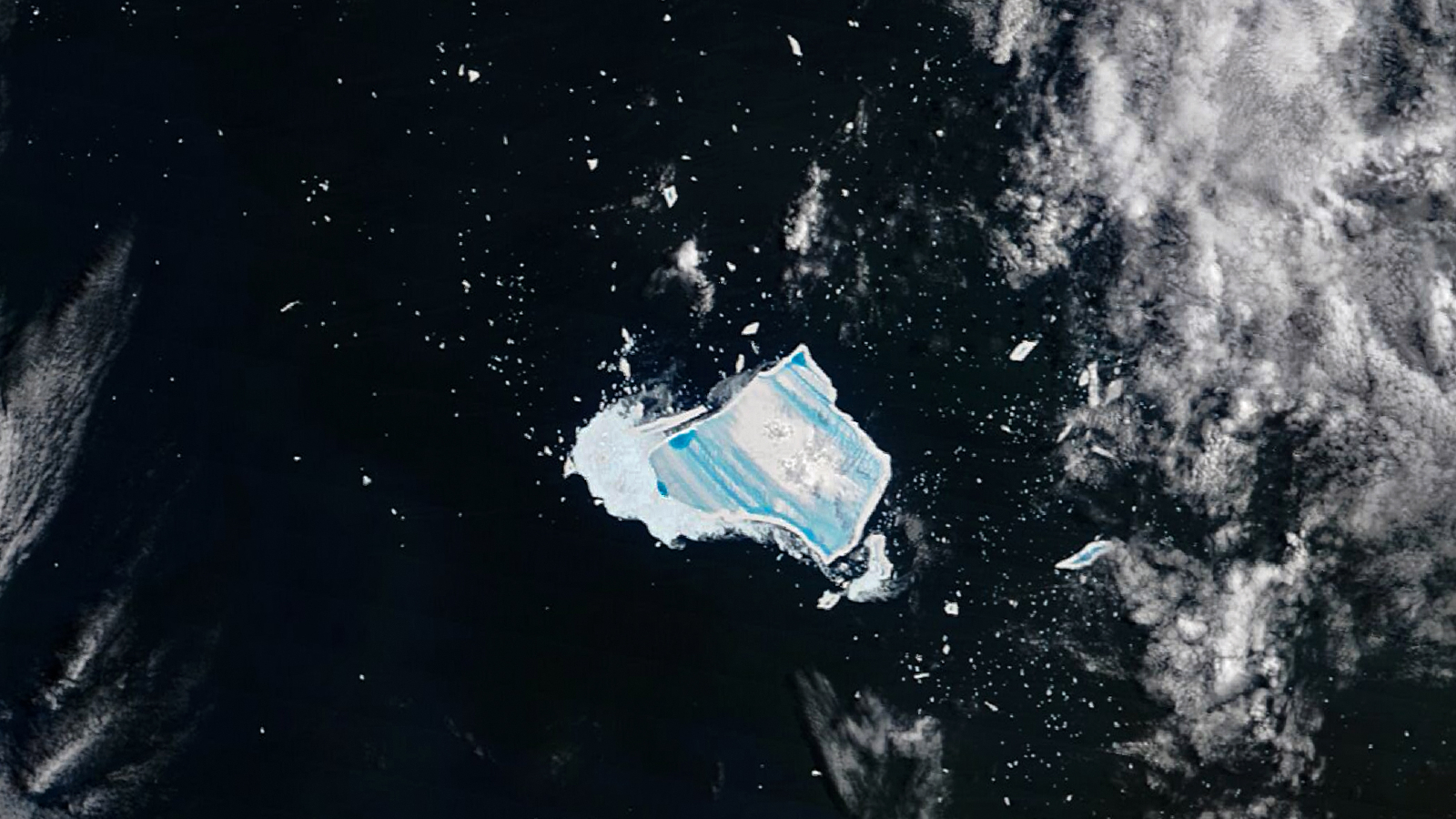We May Finally Understand the Moments Before the Big Bang
Physicists may have solved a decades-long mystery about how our universe came to be.

There's a hole in the story of how our universe came to be. First, the universe inflated rapidly, like a balloon. Then, everything went boom.
But how those two periods are connected has eluded physicists. Now, a new study suggests a way to link the two epochs.
In the first period, the universe grew from an almost infinitely small point to nearly an octillion (that's a 1 followed by 27 zeros) times that in size in less than a trillionth of a second. This inflation period was followed by a more gradual, but violent, period of expansion we know as the Big Bang. During the Big Bang, an incredibly hot fireball of fundamental particles — such as protons, neutrons and electrons — expanded and cooled to form the atoms, stars and galaxies we see today.
The Big Bang theory, which describes cosmic inflation, remains the most widely supported explanation of how our universe began, yet scientists are still perplexed by how these wholly different periods of expansion are connected. To solve this cosmic conundrum, a team of researchers at Kenyon College, the Massachusetts Institute of Technology (MIT) and the Netherlands' Leiden University simulated the critical transition between cosmic inflation and the Big Bang — a period they call "reheating."
Related: From Big Bang to Present: Snapshots of Our Universe Through Time
"The post-inflation reheating period sets up the conditions for the Big Bang and, in some sense, puts the 'bang' in the Big Bang," David Kaiser, a professor of physics at MIT, said in a statement. "It's this bridge period where all hell breaks loose and matter behaves in anything but a simple way."
When the universe expanded in a flash of a second during cosmic inflation, all the existing matter was spread out, leaving the universe a cold and empty place, devoid of the hot soup of particles needed to ignite the Big Bang. During the reheating period, the energy propelling inflation is believed to decay into particles, said Rachel Nguyen, a doctoral student in physics at the University of Illinois and lead author of the study.
Get the world’s most fascinating discoveries delivered straight to your inbox.
"Once those particles are produced, they bounce around and knock into each other, transferring momentum and energy," Nguyen told Live Science. "And that's what thermalizes and reheats the universe to set the initial conditions for the Big Bang."
In their model, Nguyen and her colleagues simulated the behavior of exotic forms of matter called inflatons. Scientists think these hypothetical particles, similar in nature to the Higgs boson, created the energy field that drove cosmic inflation. Their model showed that, under the right conditions, the energy of the inflatons could be redistributed efficiently to create the diversity of particles needed to reheat the universe. They published their results Oct. 24 in the journal Physical Review Letters.
A crucible for high-energy physics
"When we're studying the early universe, what we're really doing is a particle experiment at very, very high temperatures," said Tom Giblin, an associate professor of physics at Kenyon College in Ohio and co-author of the study. "The transition from the cold inflationary period to the hot period is one that should hold some key evidence as to what particles really exist at these extremely high energies."
One fundamental question that plagues physicists is how gravity behaves at the extreme energies present during inflation. In Albert Einstein's theory of general relativity, all matter is believed to be affected by gravity in the same way, where the strength of gravity is constant regardless of a particle's energy. However, because of the strange world of quantum mechanics, scientists think that, at very high energies, matter responds to gravity differently.
The team incorporated this assumption in their model by tweaking how strongly the particles interacted with gravity. They discovered that the more they increased the strength of gravity, the more efficiently the inflatons transferred energy to produce the zoo of hot matter particles found during the Big Bang.
Now, they need to find evidence to buttress their model somewhere in the universe.
"The universe holds so many secrets encoded in very complicated ways," Giblin told Live Science. "It's our job to learn about the nature of reality by coming up with a decoding device — a way to extract information from the universe. We use simulations to make predictions about what the universe should look like so that we can actually start decoding it. This reheating period should leave an imprint somewhere in the universe. We just need to find it."
But finding that imprint could be tricky. Our earliest glimpse of the universe is a bubble of radiation left over from a few hundred thousand years after the Big Bang, called the cosmic microwave background (CMB). Yet the CMB only hints at the state of the universe during those first critical seconds of birth. Physicists like Giblin hope future observations of gravitational waves will provide the final clues.
- Cosmic Inflation: How It Gave the Universe the Ultimate Kickstart (Infographic)
- What Is the Shape of the Universe?
- What Can Simulations Tell Us About the Universe?
Originally published on Live Science.

 Live Science Plus
Live Science Plus





